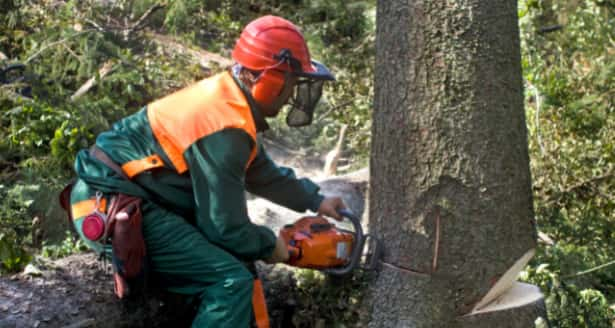Introduction: Storms can be beautiful and destructive, especially when they wreak havoc on our trees. The aftermath of a severe storm often leaves trees damaged, with broken branches and compromised structures. However, with proper care and the expertise of Ipswich Tree Surgeons, trees can be reshaped and restored to their former glory. In this blog post, we will explore the essential steps involved in reshaping trees after storm damage to aid in their restoration and recovery.
The Importance of Prompt Action
After a storm, it’s crucial to promptly assess and address tree damage. Delaying necessary tree reshaping and restoration can lead to further structural damage, disease, and even tree death. Taking immediate action can significantly increase the chances of your trees fully recovering.
Steps for Reshaping Trees After Storm Damage
- Safety First: Before approaching a storm-damaged tree, prioritise safety. Ensure the area is secure and free of hazards, such as hanging branches or downed power lines. If the situation is dangerous, seek professional help immediately.
- Assessment: Examine the tree to assess the extent of the damage. Look for broken branches, splits in the trunk, torn bark, or any other signs of structural compromise. Pay close attention to the tree’s overall health.
- Pruning: To prevent further injury or infection, dead or damaged branches should be pruned. Make clean cuts just outside the branch collar, a swollen area where the branch meets the trunk. Avoid leaving stubs or removing healthy branches unnecessarily.
- Restoration Pruning: Depending on the damage, restoration pruning may be necessary to reshape the tree’s canopy. This involves selectively pruning and reshaping the tree to encourage healthy growth and structural integrity.
- Support Systems: If the tree has suffered severe structural damage, consider installing support systems such as cables or braces to stabilise weakened limbs or the entire tree.
- Fertilisation and Watering: Storm-damaged trees often benefit from extra care. Providing adequate water and nutrients can aid in their recovery and promote new growth. Mulching around the base of the tree can help retain moisture.
- Disease Prevention: Storm damage can create entry points for pests and diseases. Consult a certified arborist to apply appropriate treatments or preventive measures to safeguard your tree’s health.
- Monitoring: Regularly monitor the tree’s progress after reshaping and restoration. Look for signs of new growth and check for any further issues that may arise.
When to Seek Professional Help
While minor storm damage may be manageable for homeowners, more extensive or hazardous situations require the expertise of professional tree surgeons. Seek professional help from Ipswich Tree Surgeons if:
- The tree is large or near structures.
- The tree is severely damaged or uprooted.
- There are electrical wires involved.
- You are uncertain about how to proceed safely.
Conclusion: Storms can wreak havoc on our trees, but they can be reshaped and restored to their former beauty with the right care and attention. By following these steps and taking prompt action, you can aid in the recovery of your trees and ensure their continued health and vitality in your landscape.
Call us on: 01473 943 097
Click here to find out more about Ipswich Tree Surgeons
Click here to complete our contact form and see how we can help with your tree’s needs.

